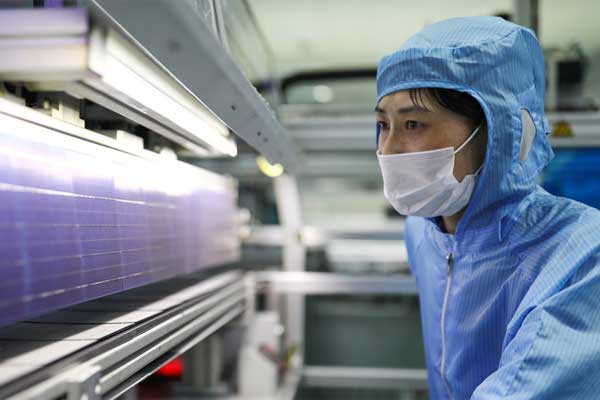The global economic fallout from the growth and spread of COVID-19, the illness caused by the novel coronavirus, could include recessions in the U.S., euro-area and Japan.
It is now causing the slowest growth on record in China, as shutdowns have disrupted global supply chains for solar panels.
“If the virus outbreak lasts beyond the first quarter and spreads to more geographies, then it may very well slow down global renewable energy deployment,” said Ali Izadi-Najafabadi, head of analysis in Asia for BloombergNEF, which has downgraded its outlook for solar installations this year.
Bloomberg New Energy Finance (BloombergNEF), a research firm, previously predicted that global solar energy capacity would grow by 121 to 152 Gigawatts in 2020, but on Friday, the group issued a new report dialing back its prediction to just 108 to 143 Gigawatts.
Also, the president of the U.S. Solar Energy Industries Association (SEIA) said its annual market report’s projection of 47% growth this year, will be ratcheted down in the coming weeks and months.
“It’s really across the board a pretty significant crisis in the solar industry in addition to a significant crisis in the overall economy,” Abigail Ross Hopper, president of the SEIA.
The depth of impact this pandemic will have on the solar industry will depend on how quickly Chinese suppliers ramp-up to full production as staff slowly return from isolation.
If China doesn’t get quickly back on its feet in March, even these updated forecasts could prove optimistic.
BloombergNEF researchers also say battery demand would likely be 3 Gigawatt hours lower this year than initially expected even on the most optimistic scenario – with a worst-case up to 9 Gigawatt hours lower.
Fatih Birol, Executive Director of the International Energy Agency, encouraged governments that are planning stimulus packages in the wake of the pandemic to prioritize green investments and capitalize on the downturn in oil prices to phase out fossil fuels.











Comments